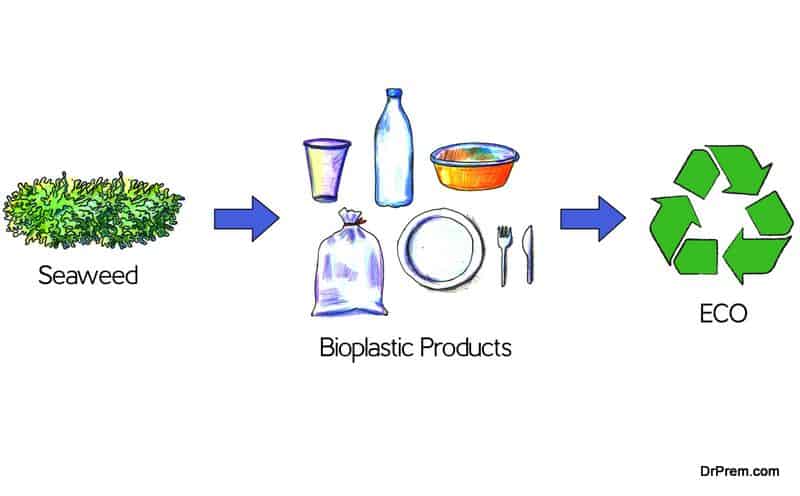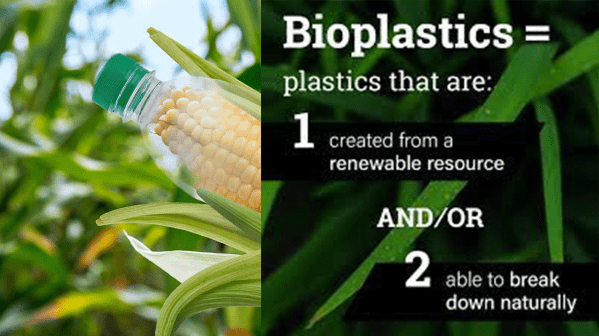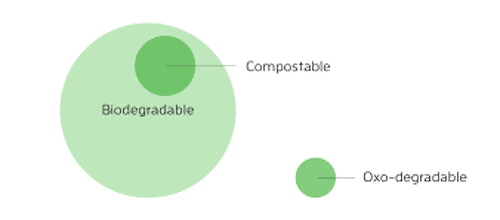The main reason why plastic is becoming so problematic is that it is immensely useful. We are using it in almost every sphere of life. In fact, no matter wherever you look, it is almost impossible to not find plastic there. Now more than ever we are facing the dilemma. Should we stop using plastic and curb our economic growth or should we keep on using it and destroy the environment? In this debate, companies are coming up with alternatives to plastic. Out of all these alternatives, bioplastic is standing in the front. If it works, in future years, it might take the place of plastic. However, with it too, there are many complications.
The Good, the bad and the ugly of Bioplastics
With the ever-increasing awareness of the environment as well as the health hazards of oil-derived plastics, the global industry is taking into consideration plant-based alternatives (aka Bioplastics). Bioplastics consist of renewable materials like starch from corn, potato, etc., soy protein, cellulose, and lactic acid. Unlike synthetic plastics, bioplastics are nontoxic. Moreover, one can easily decompose most of them to form water, biomass, and little amount of carbon dioxide. Biofuels are not new. They have been there for years. However, owing to the lack of popularity of plastic, they are becoming popular for commercial applications over the last decade.
The other factors to this include environmental problems and the mounting cost of oil. Bioplastics have a number of advantages over their synthetic counterparts. On the other hand, there are some concerns too. Let’s take a detailed look at the pros and cons of ‘sustainable’ bioplastics.
Read More: Link




Pura Vida Bioplastics = Real Certificates USDA BIO-BASED, TUV, BNQ, GREEN AMERICA Home Compostable – Breaks down 3-4 months without Chemicals
Get a Quote